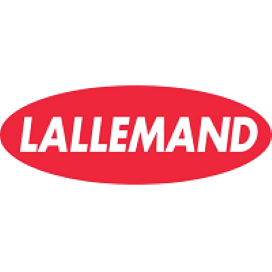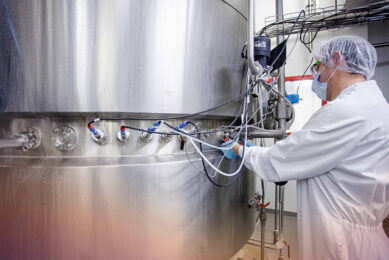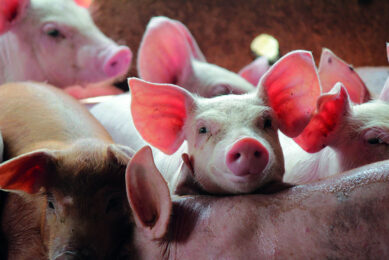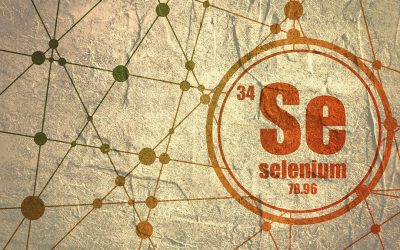The benefits of different pure yeast products
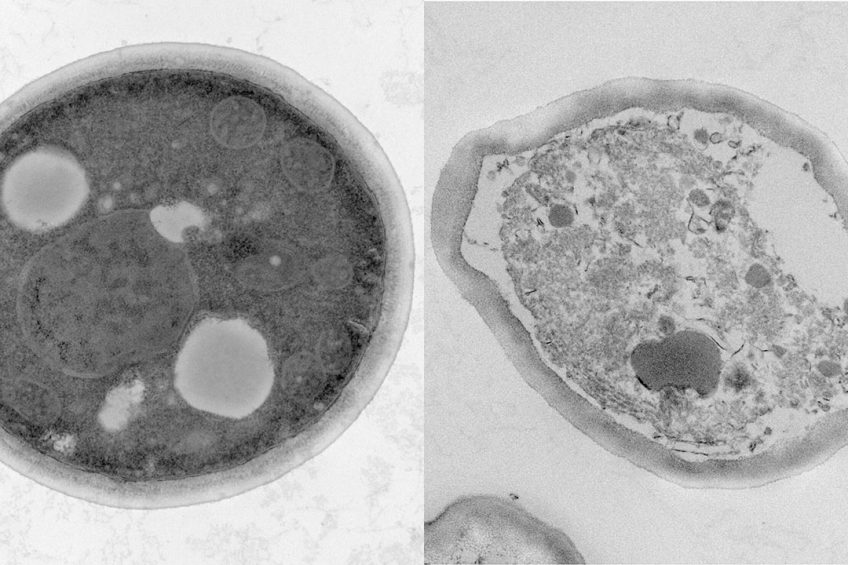
Yeasts can exert positive effects on animal health and well-being by stabilising their intestinal flora and reinforcing immune modulation. Their use has recently been boosted by the growing demand for natural alternatives to treatments (e.g., antibiotics). Various types of feed ingredients containing yeasts are available on the market. What differentiates them? What can they bring to animal nutrition and health?
Live yeasts, or probiotics
Certain live yeasts are used as probiotics. Specific yeast strains will have unique effects on the target species. It is essential to ensure that the yeast remains alive and active from the feed production plant to the digestive tract of the animal. They can be used both in ruminants and monogastric livestock, as well as in aquaculture and pets.
Figure 1 – The different types of pure yeast products that can be used in animal nutrition.
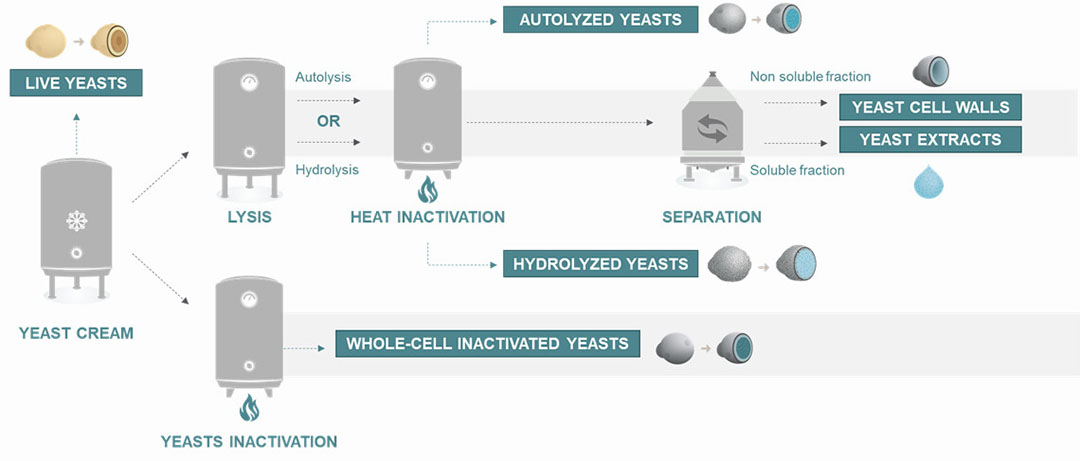
They benefit digestive comfort and balance, resulting not only in improved feed efficiency and zootechnical performance but also in maintaining the health of the hosts. With the direct consequence of reducing the need for medicinal treatments such as with antimicrobials.
Figure 2 – Live yeast cells Saccharomyces cerevisiae (left: scanning electron microscopy; right: section in transmission EM).
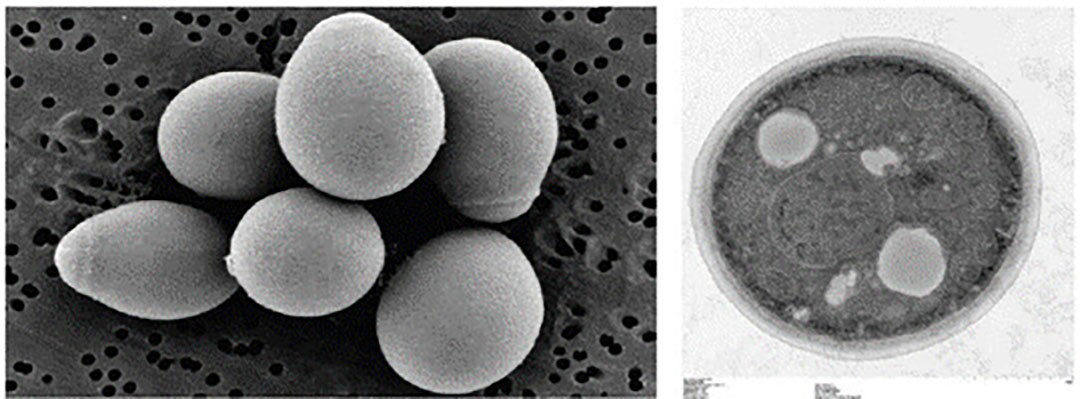
Whole-cell inactivated yeasts
These are yeasts that have undergone an inactivation step. Depending on the process used (chemical, enzymatic, thermal), their properties and their application differ. The choice of strain, combined with the inactivation process, determines the properties and quality of the products. For example, hydrolysed yeasts are obtained by the addition of exogenous enzymes, selected according to the desired result, during the production process. A strictly controlled production process ensures consistent quality of finished products.
Hydrolysed yeasts are a valuable source of protein for animal feed.
Figure 3 – Hydrolysed yeast cells Saccharomyces cerevisiae (left: scanning electron microscopy; right: section in transmission EM).
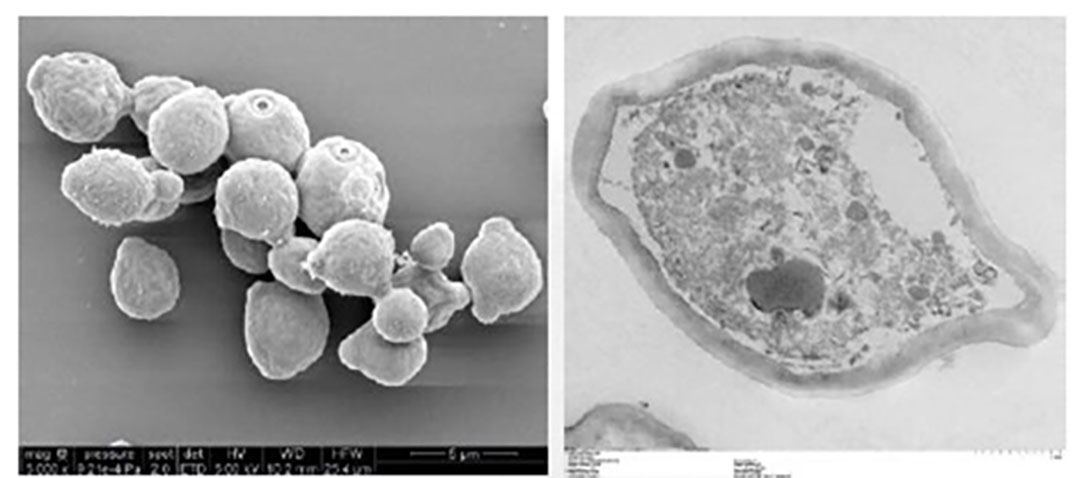
Enriched inactivated yeasts
Yeast has the ability to incorporate trace minerals within its cells. Selenium-enriched yeasts, for instance, represent an important source of organic selenium used in animal nutrition. During the fermentation process, selenium is added to the fermentation medium and S. cerevisiae can utilise inorganic selenium and incorporate it into the yeast proteins in the form of organic seleno-amino acids (such as selenomethionine and selenocysteine).
Animals fed a highly bioavailable source of organic selenium are able to maintain their antioxidant status during challenging situations, supporting their resistance to stress.
Yeast cell walls (YCW)
This is the insoluble fraction of autolysed and/or hydrolysed yeast, obtained after separation of the cytoplasmic contents. It is a source of mannan-oligosaccharides (MOS) and β-glucans.
YCW products have four main modes of action that strongly depend on the production process and the strain background:
1) pathogen binding,
2) probiotic effect, as they favour the development of beneficial microorganisms
3) immune modulation
4) adsorption of certain mycotoxins. They help maintain digestive health and support growth performance.
Yeast extracts
This is the water-soluble fraction of the yeast cells, after separation of the YCW. They are used as a source of nutrients or as flavour enhancers. Rich in proteins (> 60%) and peptides, they contain a wide range of B vitamins and are a source of nucleotides.
Understanding the differences
Each yeast product has its own characteristics and beneficial effects on animal growth performance and health, especially during challenging periods. It is essential to understand the differences between products to select the most appropriate ones regarding their potential roles and desired effects when added to animal feed.


